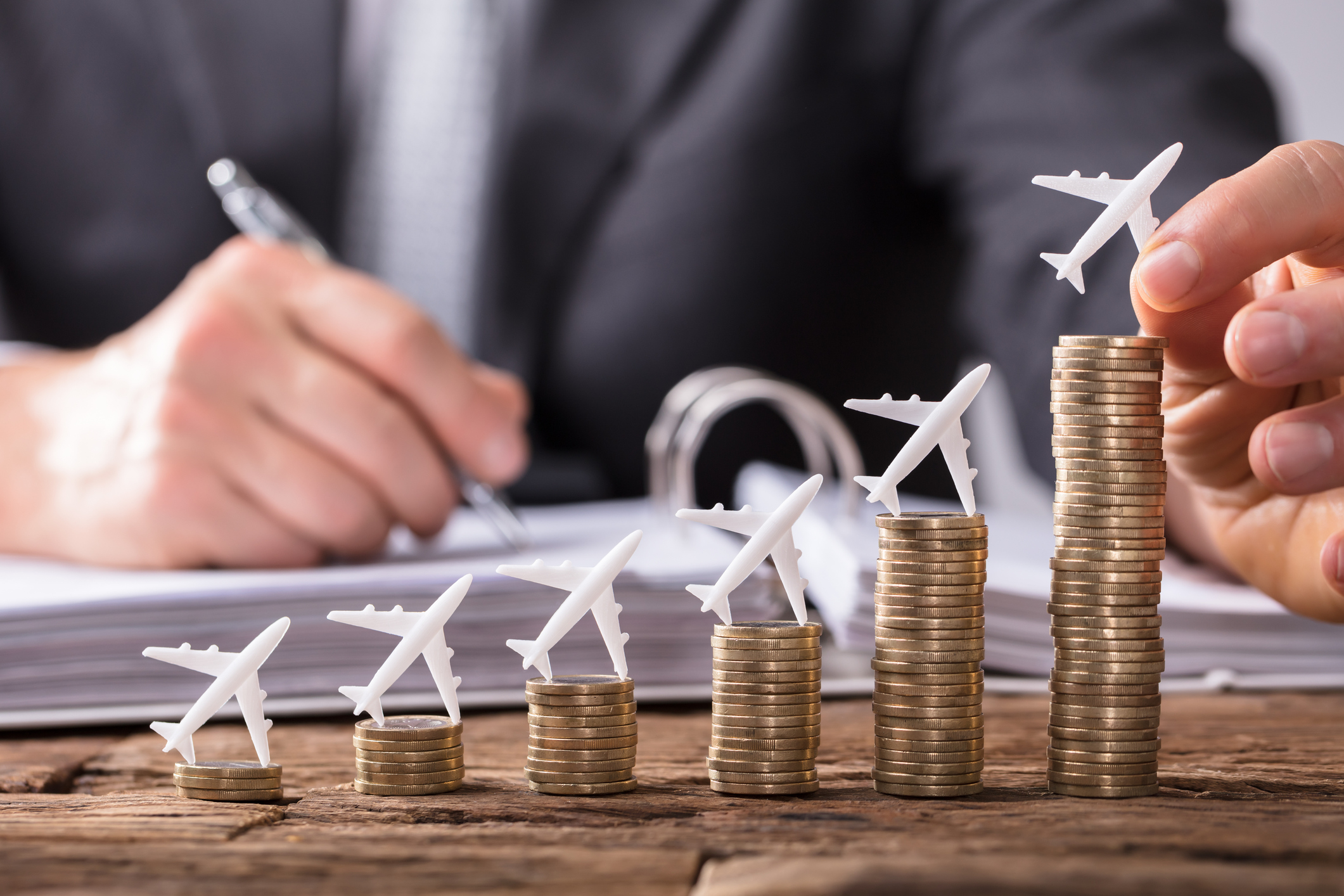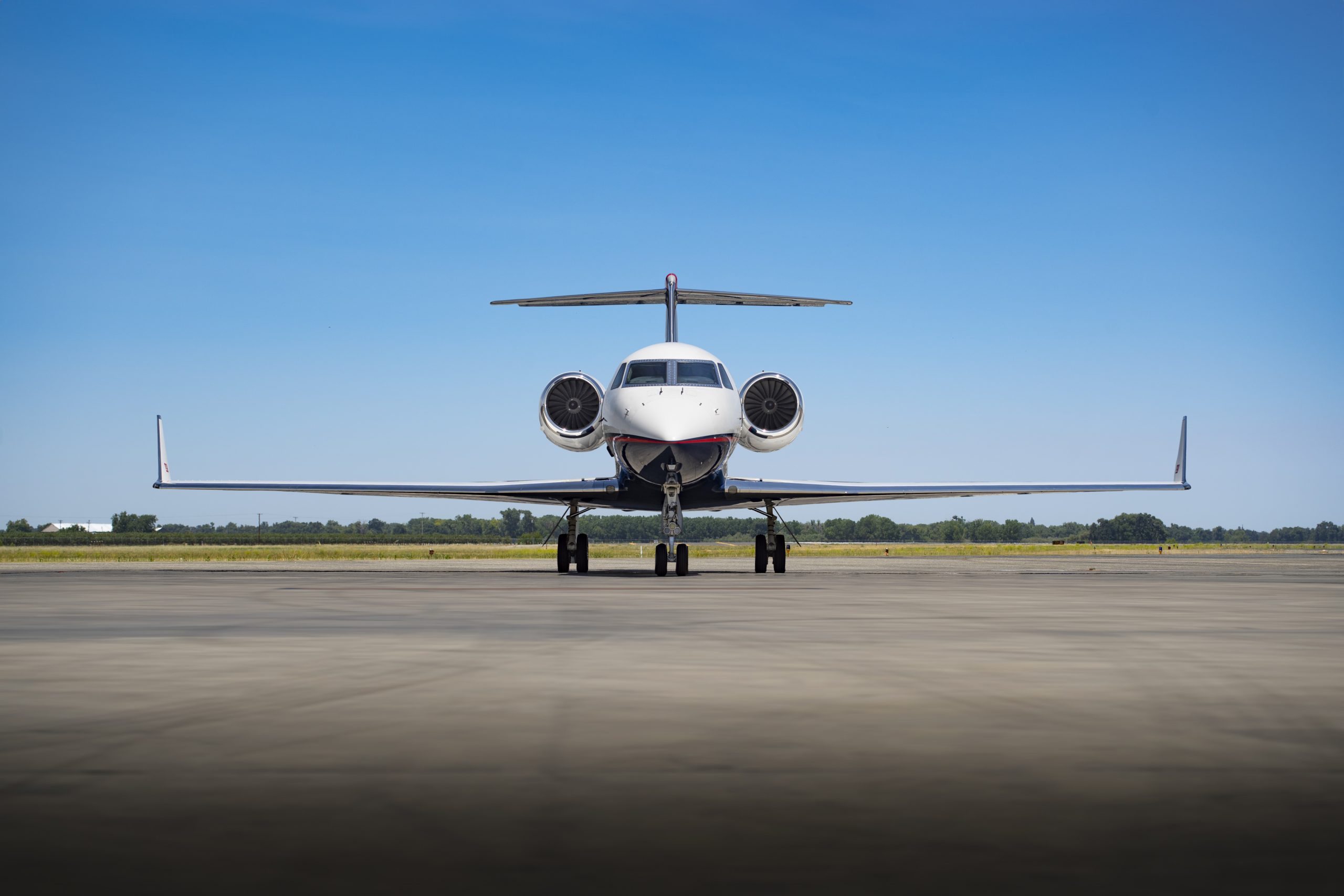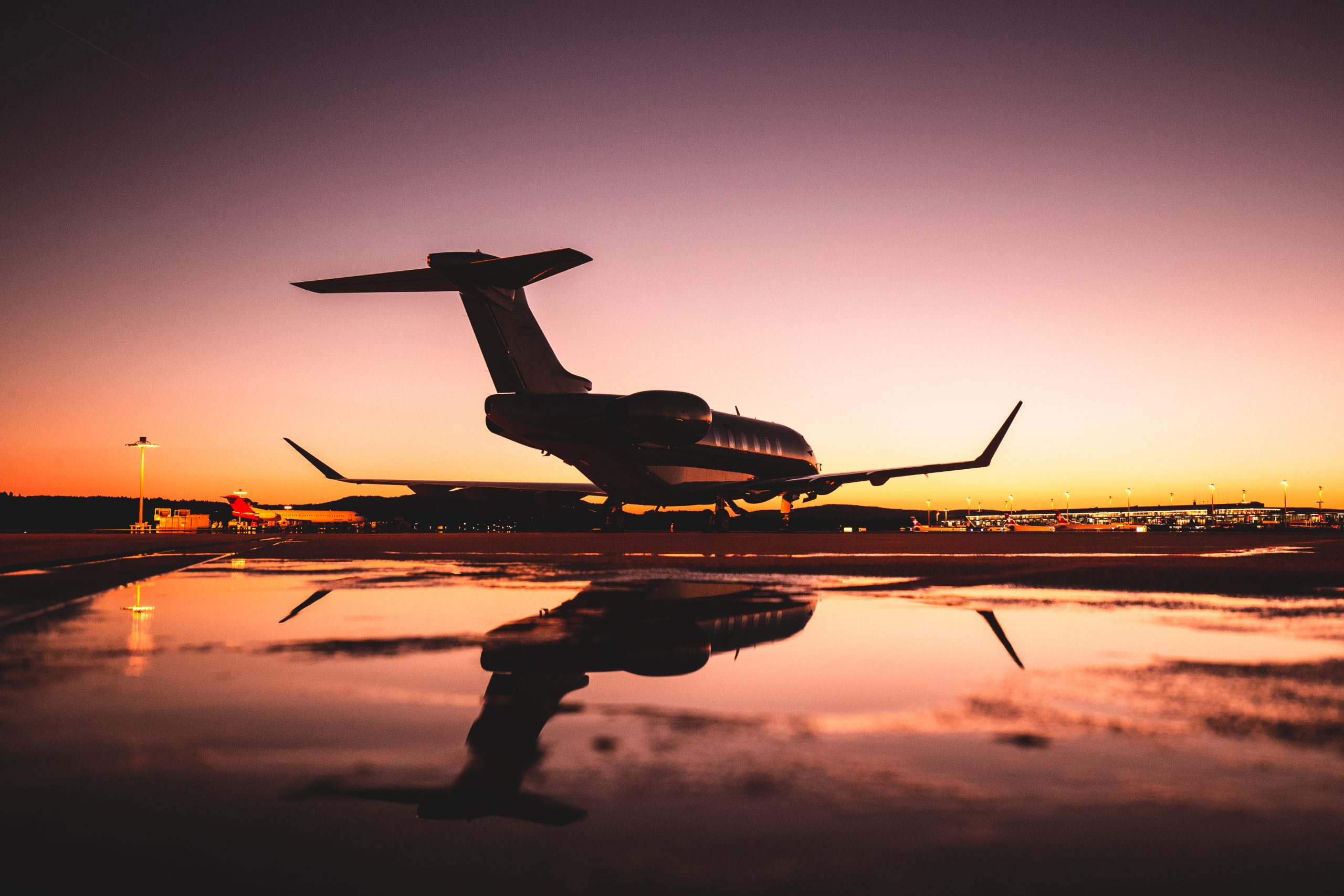Tim Kern for Business Air Interviews LEAS President Joseph Carfagna, Jr.
Joe Carfagna Jr., President of Leading Edge Aviation Solutions (LEAS) that was founded by his father, says, “After over 50 years in the industry, we thought we had seen it all. Apparently, not so.”
2020 was, by all counts, an unusual – no, make that, “unique” – year, a year no one could have predicted. Instant changes in protocols, policy implementation and reversals… not just within the USA, but worldwide. Everything seemed to change overnight, and then change again in a week or a month. Only by being quick on its feet and understanding its clients, products, industry, and financing could anyone stay on top of things. A startup would be over before it got out of the gate. Only a strong network and a grip on the fundamentals and the people involved could offer a chance at survival, or a shot at expanding market share. All quotes are from Joe Carfagna Jr.
“We had an extremely busy end to 2020, and I’d say around the beginning of November, the market started to heat up again, and corporate airplanes are building an ‘asset bubble,’ like we’re seeing in real estate. So, sellers are seeing good times.”
What will the market be in 60, 90 days? “By the end of summer, I think we will see a very different situation. We will soon face a shortage of aircraft, the first time since 2008. The sellers’ market cannot continue at this pace – we will run out of airplanes. “We’ve been busy; that’s for sure. After 90 days, the supply will be tight, prices will be up; trading will be lower. The OEMs will sell more airplanes and their backlogs will increase.” Will that shift demand? “Whether the used market will shift in preferences, certainly, the buyers’ demand list will have to be more flexible. Older airplanes will get more popular. In my view it will primarily apply to anything 2000 and newer… The market will open up to older airplanes that are in good condition: older Challengers, GIV-SPs – the technology is old, but these will be sellable, unlike even a couple years ago.”
So, selling your older airplane will likely be less of a problem than it used to be, but then, of course, you will need a replacement. “The sales of existing airplanes will not be so daunting. The hard task will be not in selling older airplanes, but in procuring replacements.” Where will your replacement/upgrade airplane come from, and how much will it cost? “Airplanes will come from Europe, Australia, South America – that will hap-pen. I think we’ll still be working primarily for US buyers, but we will be buying airplanes from farther away.”

How will LEAS find them? “It’s not easy work. It takes focus and capability on the part of the buyer. We let the world know that we are ready, so a seller will often con-tact us before placing an airplane on the market. It’s a competitive edge for brokers.” In other words, an individual, a do-it-your-selfer will be at a disadvantage.
“Our industry relies on the number of transactions that take place, not so much on prices, to function properly. By the end of this year, we’ll have fewer available airplanes, fewer transactions.”
What part did/does COVID play in all this? “COVID is pretty much over with, in the public eye. We’re past the 50% point on vaccinations [in the US]. The ‘direct COVID influence’ has let up a bit. People are traveling. But corporate America is not fully back to work, and probably won’t be until Fall. The greater part of market demand we’re seeing now is from smaller businesses. “

“During COVID, nobody wanted to make any big moves – too much uncertainty. Soon, corporate America, much of which has held on to its airplanes longer than they may have wanted, will want new.”
Will any particular sector escape the bubble? “Every sector is affected: Light, Medium. Super Mid, Large – there are about 400 Gulfstream 650’s in the fleet, and there are approximately less than ten for sale. There is no ‘typical’ used jet on the market.
“Looking at last year’s deals, big airplanes, especially, lost about 20 points in value overnight. They’ve gotten that all back. “Price books aren’t that helpful in a raging market. They come out once a quarter, and they haven’t caught up. Just the nature of data-gathering and publication dictate that price books will be two quarters behind through no fault of their own. By the end of the year, I believe the bubble will be past us, and prices in the books will be looking high; now, they’re low. It’s just the nature of data and reporting. An airplane right now commands a very different price than it did three months ago, but that’s not reflected in book prices quite yet.
“If you’re a broker and a client wants to sell, say, a G650, its price will be higher than even today’s comps. The OEM version of ‘ramping up’ takes a couple years, and in two years, everything can change. For an example, look at 2007 vs 2009.” Why not go it alone? The short answer is, you’ll get run over by the pace of information. “The key is, if you’re considering upgrading, you’re not too late, but you’re going to need some help to see the best result. A purchaser can flounder if they try to do this on their own. It’s not uncommon for a broker to sell an airplane before it comes to the public market. We just had that happen; fortunately we were acting as a seller.”
Because of the mechanics of listing services, “IADA members often get the information before the non-broker ever hears about it. Your airplane could be getting sold while you are waiting for it to show up on your personal screen. But some 45 IADA brokers will have that information likely before you can see it.”
How long with these conditions persist? “At some point, as always happens, the music will stop. If the discussion arises about 100% expensing (bonus depreciation) getting shut down, that will put a huge damper on the party.” He doesn’t look to any government bailouts. “Nobody ever feels sorry for the corporate jet owner. “And airplanes are classic depreciating assets, but their prices are going up. Look out when that happens. Now you have superheated demand, and supply was cut back. It will take some time before this evens out. I think we’ll have a fairly soft landing, not like in 2008. Just my guess – but higher interest rates at some point feel like they are a certainty.” We are living in interesting times.
Full Article on Business Air Here:
https://secure.viewer.zmags.com/publication/29f438a2#/29f438a2/9

